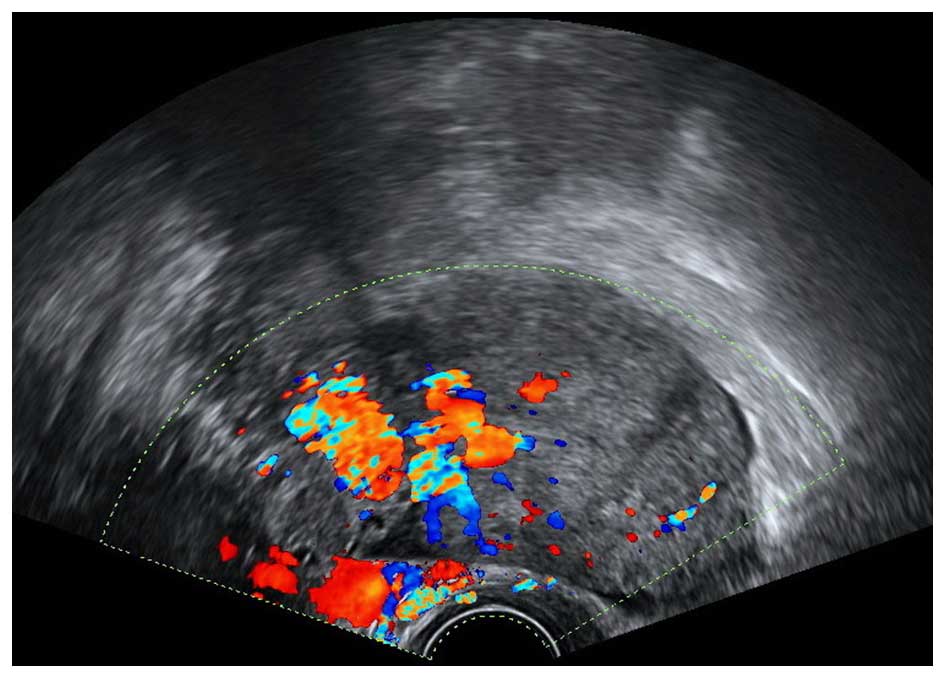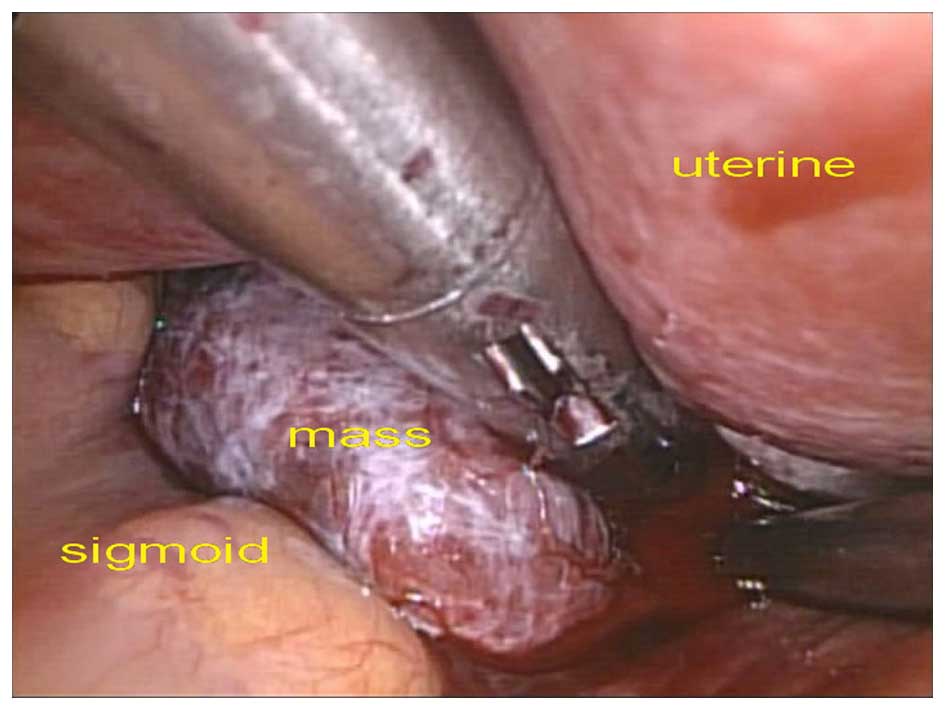Benign pelvic masses masquerading as adnexal cancer during pregnancy on ultrasound: A retrospective study of 5 years
- Authors:
- Meng Xie
- Xuyin Zhang
- Wenping Wang
- Keqin Hua
View Affiliations
Affiliations: Department of Ultrasound, Obstetrics and Gynecology Hospital, Fudan University, Shanghai 200090, P.R. China, Department of Obstetrics and Gynecology, Obstetrics and Gynecology Hospital, Fudan University, Shanghai 200090, P.R. China, Department of Ultrasound, Zhongshan Hospital, Fudan University, Shanghai 200032, P.R. China
- Published online on: August 31, 2015 https://doi.org/10.3892/mco.2015.632
-
Pages:
1395-1397
Metrics: Total
Views: 0 (Spandidos Publications: | PMC Statistics: )
Metrics: Total PDF Downloads: 0 (Spandidos Publications: | PMC Statistics: )
This article is mentioned in:
Abstract
This study was conducted to investigate the sonographic characteristics of benign adnexal masses misdiagnosed as malignancy, and determine whether sonographic findings may help distinguish these lesions from malignant tumors during pregnancy at a single center. We herein present our experience with pregnant women with benign adnexal masses misdiagnosed as malignancy by ultrasound and operated on during pregnancy or after delivery. A total of 4 cases of benign pelvic masses were misdiagnosed as adnexal cancer over a 5‑year period, including an ovarian theca cell tumor with luteinization, an obsolete ectopic pregnancy of fallopian tube, an ovarian mature teratoma with abundant nervous tissue and a uterine myoma with degeneration. The masses were characterized by abundant blood flow and heterogeneous echo on ultrasound. In conclusion, adnexal masses identified during pregnancy exhibiting abundant blood flow and heterogeneous echo may not represent malignancy, even in the presence of increased carbohydrate antigen 125 levels. In certain cases, benign adnexal masses may be initially misdiagnosed as malignant during pregnancy.
View References
|
1
|
Naqvi M and Kaimal A: Adnexal masses in
pregnancy. Clin Obstet Gynecol. 58:93–101. 2015. View Article : Google Scholar : PubMed/NCBI
|
|
2
|
Marret H, Lhommé C, Lecuru F, Canis M,
Lévèque J, Golfier F and Morice P: Guidelines for the management of
ovarian cancer during pregnancy. Eur J Obstet Gynecol Reprod Biol.
149:18–21. 2010. View Article : Google Scholar : PubMed/NCBI
|
|
3
|
Aggarwal P and Kehoe S: Ovarian tumours in
pregnancy: A literature review. Eur J Obstet Gynecol Reprod Biol.
155:119–124. 2011. View Article : Google Scholar : PubMed/NCBI
|
|
4
|
Hoover K and Jenkins TR: Evaluation and
management of adnexal mass in pregnancy. Am J Obstet Gynecol.
205:97–102. 2011. View Article : Google Scholar : PubMed/NCBI
|
|
5
|
Yacobozzi M, Nguyen D and Rakita D:
Adnexal masses in pregnancy. Semin Ultrasound CT MR. 33:55–64.
2012. View Article : Google Scholar : PubMed/NCBI
|
|
6
|
DePriest PD and DeSimone CP: Ultrasound
screening for the early detection of ovarian cancer. J Clin Oncol.
21(Suppl): 194s–199s. 2003. View Article : Google Scholar : PubMed/NCBI
|
|
7
|
Groszmann Y, Howitt BE, Bromley B,
Feltmate CM and Benacerraf BR: Decidualized endometrioma
masquerading as ovarian cancer in pregnancy. J Ultrasound Med.
33:1909–1915. 2014. View Article : Google Scholar : PubMed/NCBI
|
|
8
|
Goh W, Bohrer J and Zalud I: Management of
the adnexal mass in pregnancy. Curr Opin Obstet Gynecol. 26:49–53.
2014. View Article : Google Scholar : PubMed/NCBI
|











